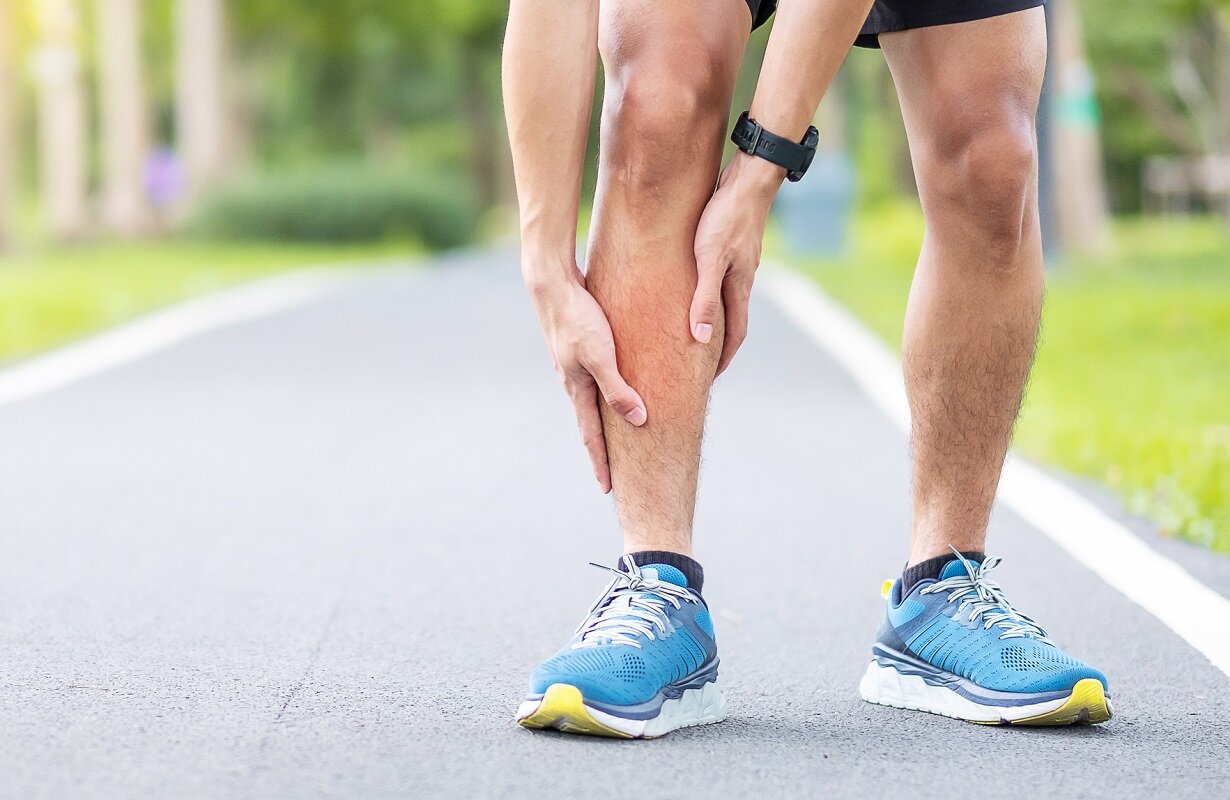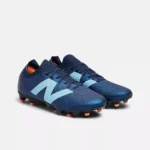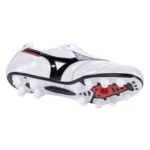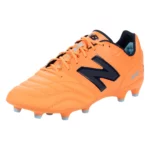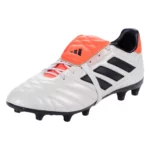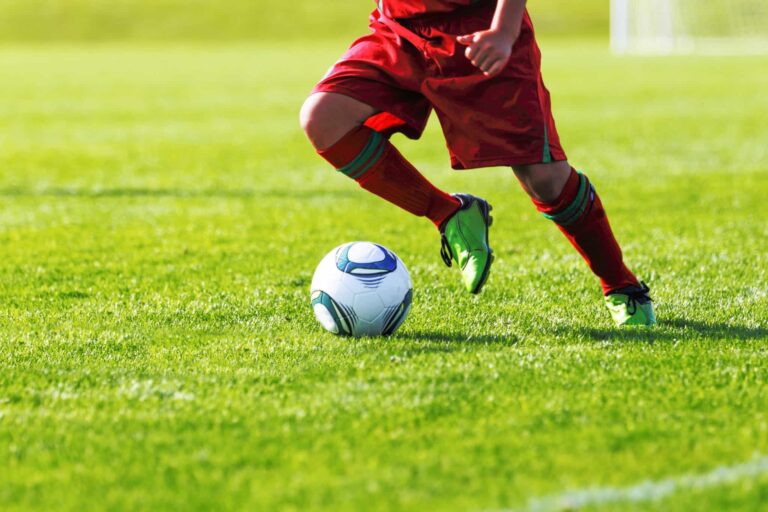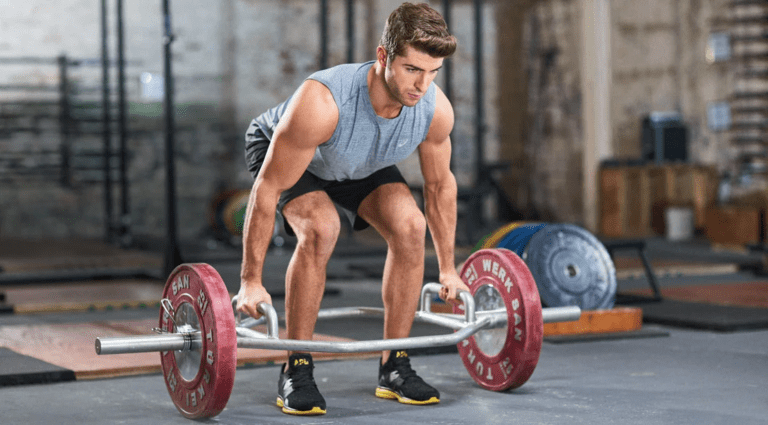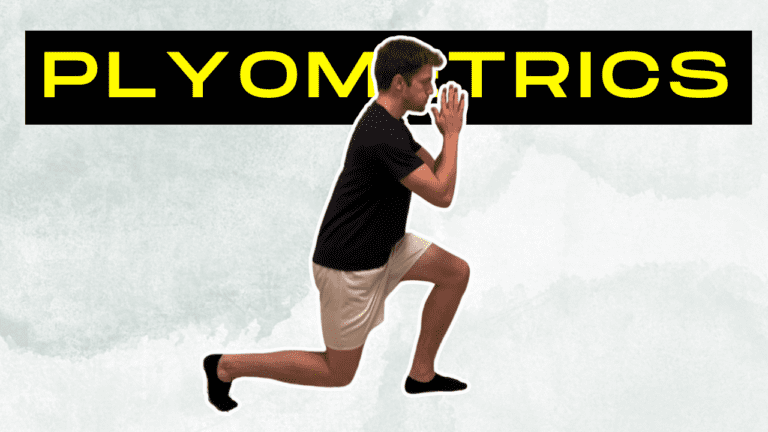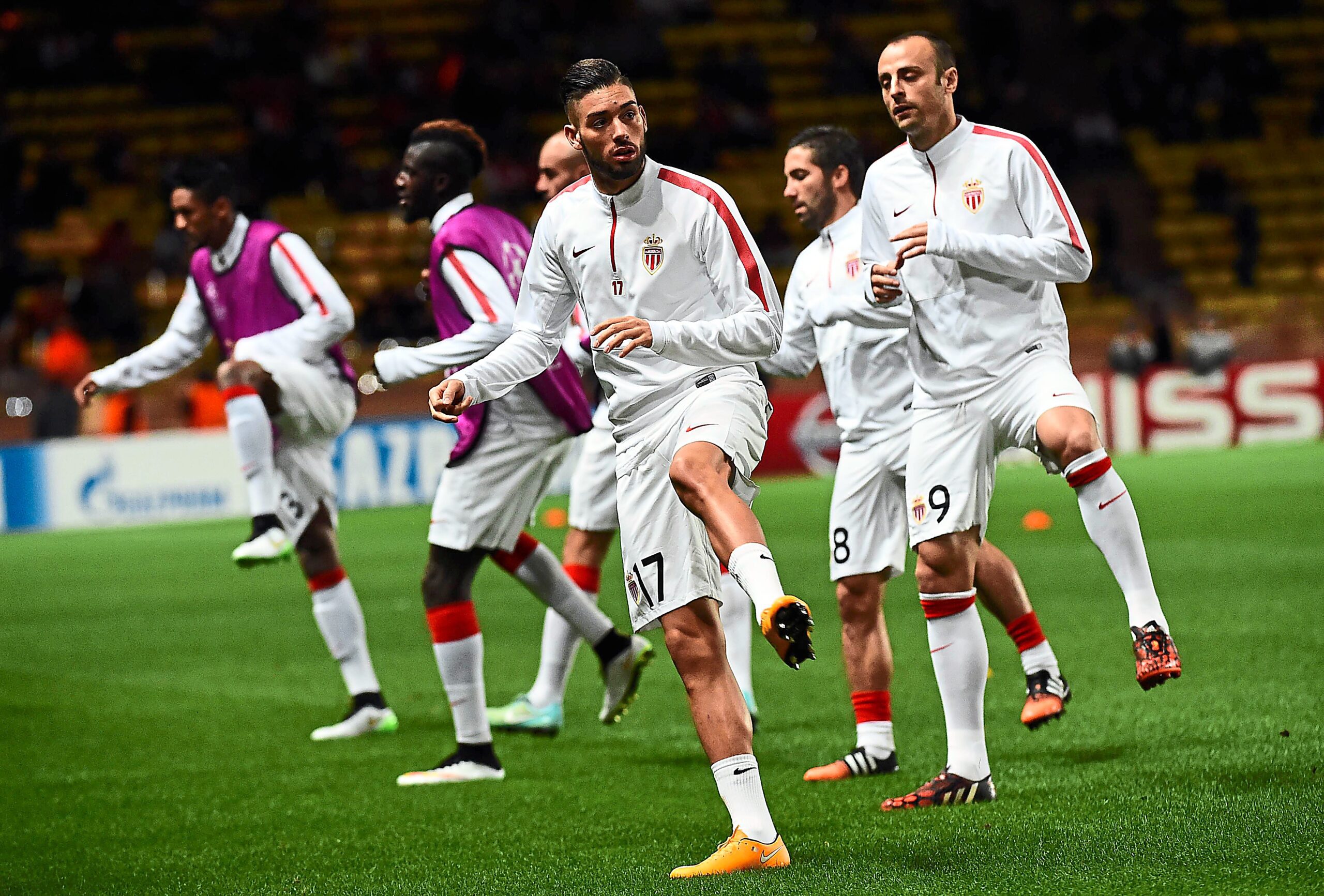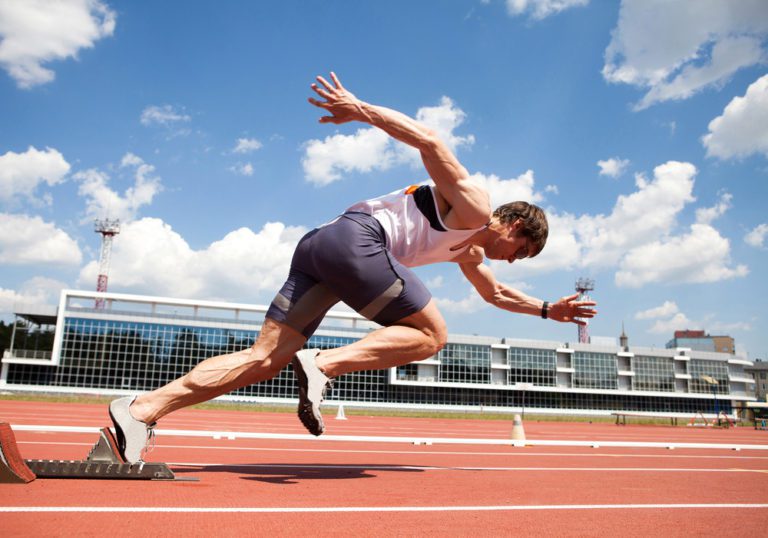How to Treat Shin Splints from Soccer
How to Treat Shin Splints from Soccer
When you get shin splints as a soccer player, you know it. That shooting pain down the front of your legs is instantly recognizable. If you’ve been playing soccer for several years, you have probably experienced this pain. Luckily, there are numerous ways to address this common injury. In this article, we’ll be going over how to treat shin splints from playing soccer.
In order to prevent shin splints, you need to first understand how they are caused. Athletes that run frequently are most likely to encounter this injury. For most individuals, shin splints can be treated relatively quickly with the right techniques.
For all the latest football boots and gear, go to World Soccer Shop for the best prices online.
What are Shin Splints
Shin splints refers to pain along the shin bone (tibia). This pain is typically located in the tibialis muscle that runs down the front of your shin. Shin splints most often occur in athletes who have changed or intensified their training routines, resulting in greater stress on the muscles.
Increased activity overworks the muscles and tendons in the front of the leg. This causes micro-tears to the tibialis muscle as well as the bone tissue.
Causes of Shin Splints
Tibial stress may be caused by a variety of factors. The following article from Sport Med BC helps identify the various mechanisms that lead to developing shin splints. Shin splints are likely to occur following an increase in training intensity and volume. Contributing factors may also be coming from the hardness of the playing surface and cleats you’re using.
Below are several factors that are likely to contribute to a shin splints injury.
- Changing training techniques
- Overuse (from not allowing enough time to recover)
- Training too hard, too fast or for too long
- Suddenly increasing the intensity or duration of exercise
- Problematic soccer cleats or turf shoes
- Shape and structure of the legs
- Flat feet or pronated foot position (a lowered arch during running)
- Muscular weakness in the legs
- Training surface or change in training surface (i.e. hard or uneven surfaces)
Symptoms of Shin Splints
The most notable symptom in those experiencing shin splints is pain at the front of the shin. This pain occurs where your muscles attach to the bone. Pain may occur before, during, or after intense training sessions. Symptoms may gradually worsen if you continue to play throughout the injury without treatment.
Additional symptoms you may notice include swelling and discolorations in the injured area. These symptoms can be felt most when running or walking after sustaining the injury.
Initial Treatment

Because shin splints are primarily an overuse injury, it is best to rest initially to avoid re-injury. The R.I.C.E method is popular for those looking for symptomatic relief from shin splints. An overview of this method can be found below.
Rest
After experiencing severe symptoms from shin splints, it is best to take a 24 to 48 hour break from high impact activities. This would include taking a short break from soccer and running.
This doesn’t mean that you need to pause all physical activities. Instead, you can do lower impact exercices such as walking, swimming, and cycling while you recover.
Ice
Ice the affected area of the shins for 20 minutes every 4 hours. This will help bring down the swelling associated with the injury
Compress
To further decrease swelling, you can use a medical bandage to wrap the affected area. Be sure to not wrap the area too tight, as this may decrease circulation.
Elevate
Elevate your shin to at or above heart level. This will help to decrease inflammation and bring fluids away from the affected area.
When to See a Doctor
Symptoms from shin splints will go away after a few days or weeks in most people. If you feel your symptoms begin to worsen even after resting, you may need to reach out for medical help.
Rehabilitation
After your symptoms have decreased, you will want to gradually ease yourself back into playing soccer. As you ease back into the game, you’ll want to focus on stretching and strengthening your lower body and the affected muscles. For an overview of strength training exercises that can be incorporated for soccer players, check out the following article.
The best way to fully heal an injury is to not just rest, but also condition your body to come back stronger. Try to focus on soccer specific agility drills that involve quick changes of directions. This will help to gradually condition your body for more intense exercise.
Prevention
In order to prevent re-injury, you’ll want to prepare your body before you get back on the field. Below are some important tips for making sure your shin splints don’t return. For an in depth breakdown on preventive exercises, check out the following article from Runner’s Blueprint.
Warm Up
Be sure to incorporate a light warm up before you start a game or high intensity training. This will help your body acclimate and adjust to the high speed of play.
Stretching
Incorporate dynamic stretching into your warm up before you begin your session. This will help increase your range of motion while playing, while also reducing the likelihood of injury.
Strengthen
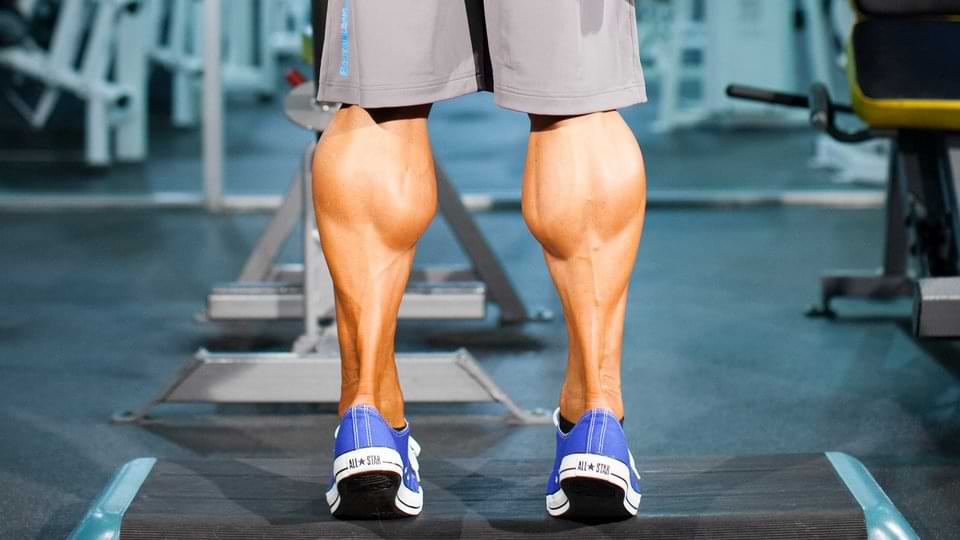
The most important thing to prevent getting shin splints is to strengthen the muscles in your lower legs. This includes strengthening the muscles at the back or your leg such as the soleus and gastrocnemius. Additionally, you’ll need to strengthen your tibialis towards the front of your leg.
These muscles surround your shin, and are crucial for stabilizing your ankle and knee. They are also responsible for allowing proper dorsiflexion of your foot. Check out athletic trainer Ben Patrick’s video on the importance of tibialis raises for athletic performance.
Recommended Exercises
When you aren’t on the field, strength training is a great way to improve your athleticism. In addition to improving performance, getting stronger will also decrease the chances of you getting injured.
As you develop a strength training program that works well for you, try to implement the following exercises. These will strengthen the muscles in your lower leg and help protect you against shin splints.
- Tibialis raise
- Seated calf raise
- Standing calf raise
- Most Comfortable Football Boots of 2024
- Nike Phantom GX 2 vs Adidas Predator Elite
- Puma Future 7 Pro – Review
- Mizuno Morelia 2 Elite Review
- Nike Phantom GX 2 Elite Review
- Width Matters: Choosing the Right Football Boots for Your Feet
- Nike Premier 3 vs Copa Gloro vs NB 442 V2 Pro
- The Best Value Adidas Boot – Copa Gloro Review
- Best Predator Ever? – Predator Elite Review
